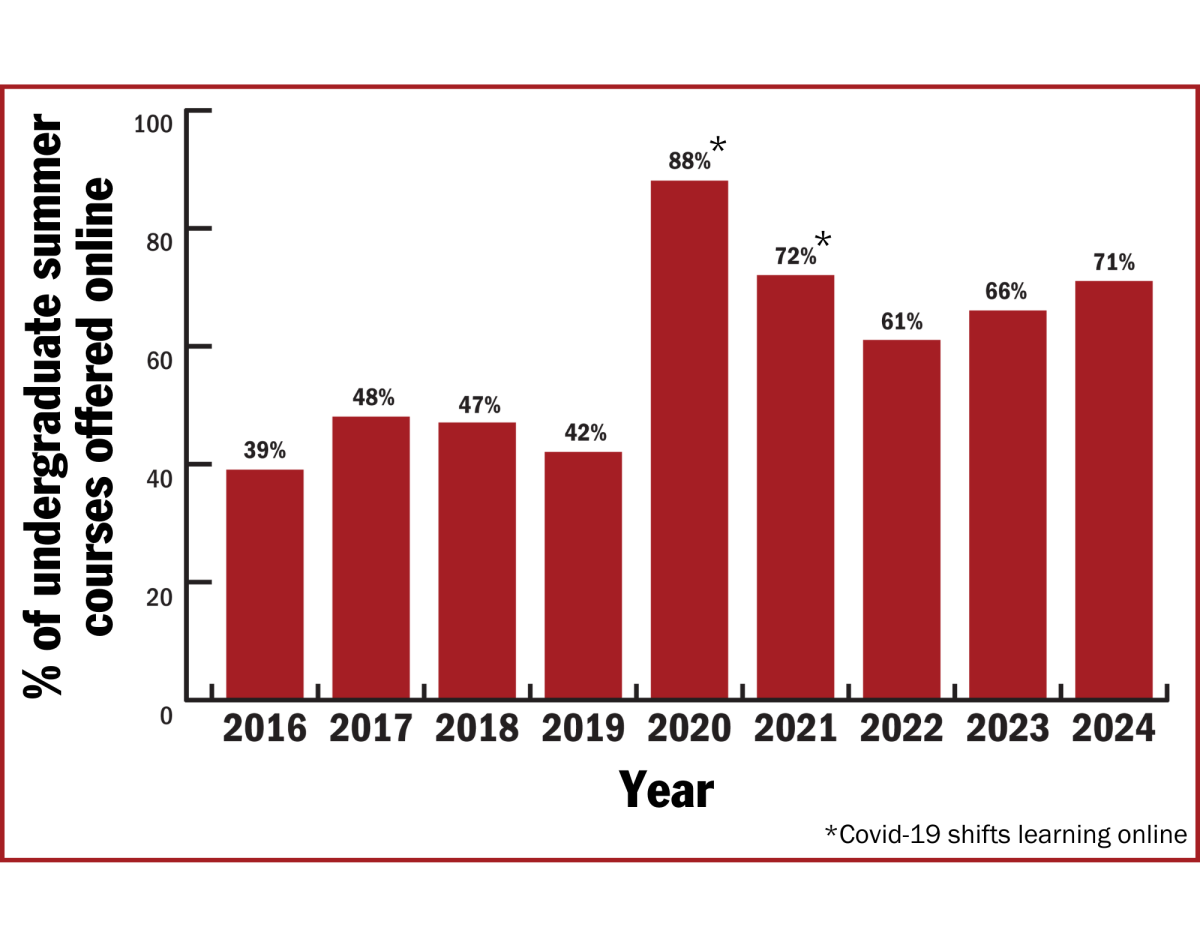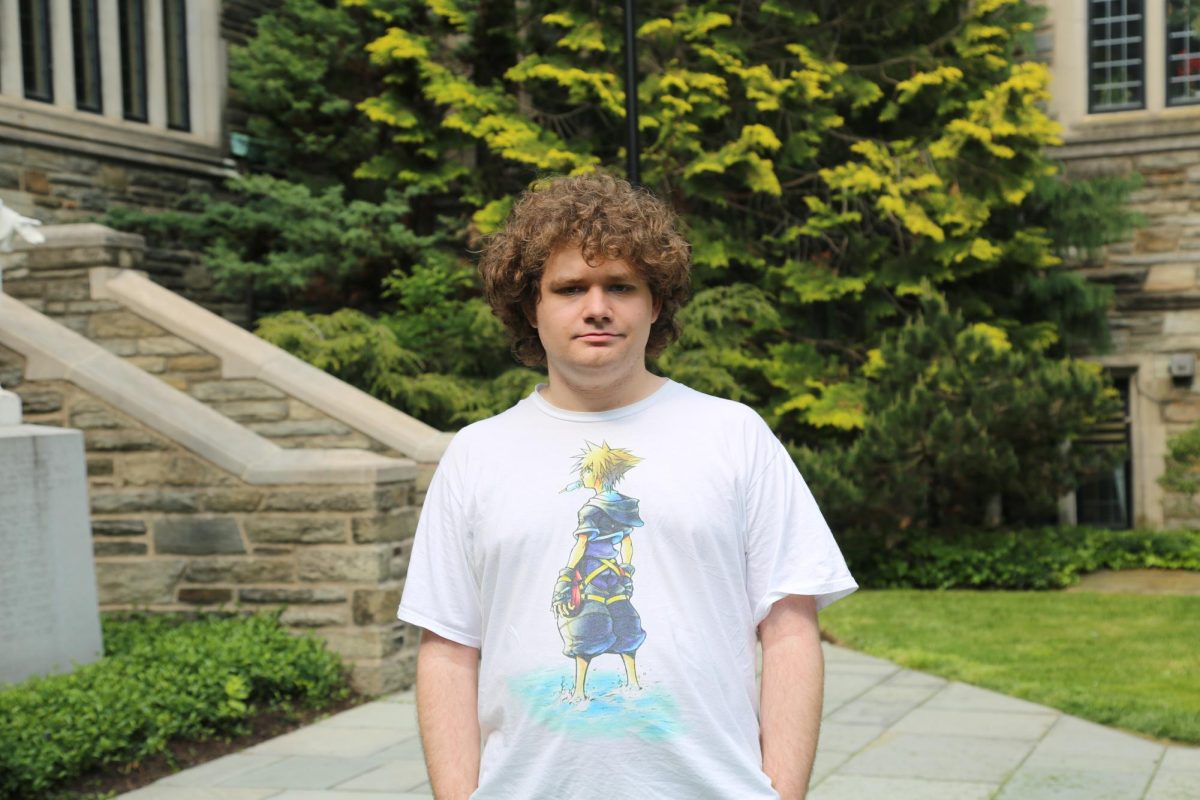This week, physicists from the Fermi National Accelerator Laboratory (Fermilab) released a breakthrough publication that may forever change the way we understand the laws of physics. In the publication, the results of Fermilab’s Muon g-2 experiment were revealed to have affirmed an inconsistency in the Standard Model.
The Standard Model is a set of equations that describes the nature of fundamental particles and the ways in which they behave and interact with one another. It is considered to be the closest humanity has come to formulating an all-encompassing “theory of everything” that could explain every physical phenomenon in the universe.
The model, which makes use of the mathematics of quantum field theory, has been used since the 1970s to predict properties of fundamental particles with unprecedented precision. It has so far been used to predict the existence of particles like the W and Z bosons, the top and charm quarks, the gluon and the Higgs boson before they were ever experimentally observed.
Although the scientific community has been able to predict extraordinary physical truths using the Standard Model, it has been constructed in such a way that several essential theories in physics have been left unaccounted for. For instance, no one has ever been able to use the Standard Model to explain gravitation and general relativity using quantum field theory, nor has anyone been able to reconcile quantum field theory with the new prominent theories of cosmology.
These inconsistencies have led scientists to believe that the Standard Model of particle physics is incomplete, or is in some way flawed. The Muon g-2 experiment performed at Illinois’ Fermilab may have just confirmed this suspicion.
The experiment was performed for the sake of measuring a property of the muon called the “anomalous magnetic dipole moment.” A muon’s anomalous magnetic dipole moment is a measure of the contributions of quantum mechanical phenomena to the wobble of a particle when it is exposed to an external magnetic field. This quantity, often expressed in terms of “g-factor,” can be mathematically predicted by the equations of the Standard Model.
The mathematically predicted value for a muon’s g-factor is 2.00233183620, whereas Fermilab’s experimentally determined result is 2.00233184122. These values differ by just a few parts per billion, but the result has all but confirmed a discrepancy between our physical reality and the mathematical theory postulated in the Standard Model.
This result has sent shockwaves through the scientific community. Fermilab’s experiment has cleared the way for a new age of modern physics, wherein entirely new fundamental particles may soon be discovered and humanity’s collective understanding of physics may have to be shifted.
Fermilab’s scientists were only able to come to this result after decades of refining their experiments, improving their technology and honing their methods until they were precise enough to put the Standard Model to the test. This feat is a triumph of physics and engineering, as well as a testament to the power and tenacity of the human spirit.
Though humanity may never uncover every mystery of our universe, this achievement inspires hope in us that we may one day come to understand just a little bit more about who we are and the universe around us.





































